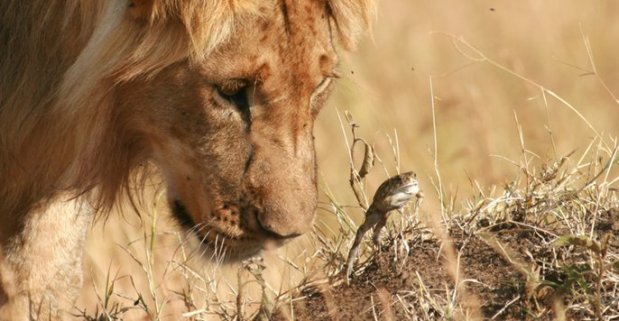In James Cameron’s ‘Avatar,’ the main character Jake Sully, for sake of time, leaves the world of man behind and joins the cause of the Na’vi, an alien race (to us, at least) that are fighting off the militant threat to defend their home world. When it comes to leaving his man body behind via neural transformation or some similar process, it can be seen that he is leaving the Leviathan behind. However, I don’t think this is really the case; instead of exiting the Leviathan for good, it seems to me that he has entered a new Leviathan all together; the world of the Na’vi.
In the movie, Sully initially joins the fight for (lack of a better word) corporate greed, and sees how his services reek havoc on the planet. He then gets uplinked into a Na’vi body, lives among the local inhabitants, and has a change of heart, joining their cause. He fights against the machines of man with the beasts of the planet, and it seems as if he has defeated the enemy and has left the Leviathan.
However, by being exposed to the way of the Na’vi, by integrating into their society, by becoming ONE with the Na’vi. When it comes to the Na’vi, they use their ‘ponytails’ to connect with all living things, to conjoin, to link into a collective consciousness. When he becomes a Na’vi, he literally becomes a part of a larger whole, a piece of society that that literally is a part of a larger being. By forsaking his old body and the Leviathan of man, he becomes a part of a new Leviathan of the Na’vi and becomes a warrior to defend his new family.
